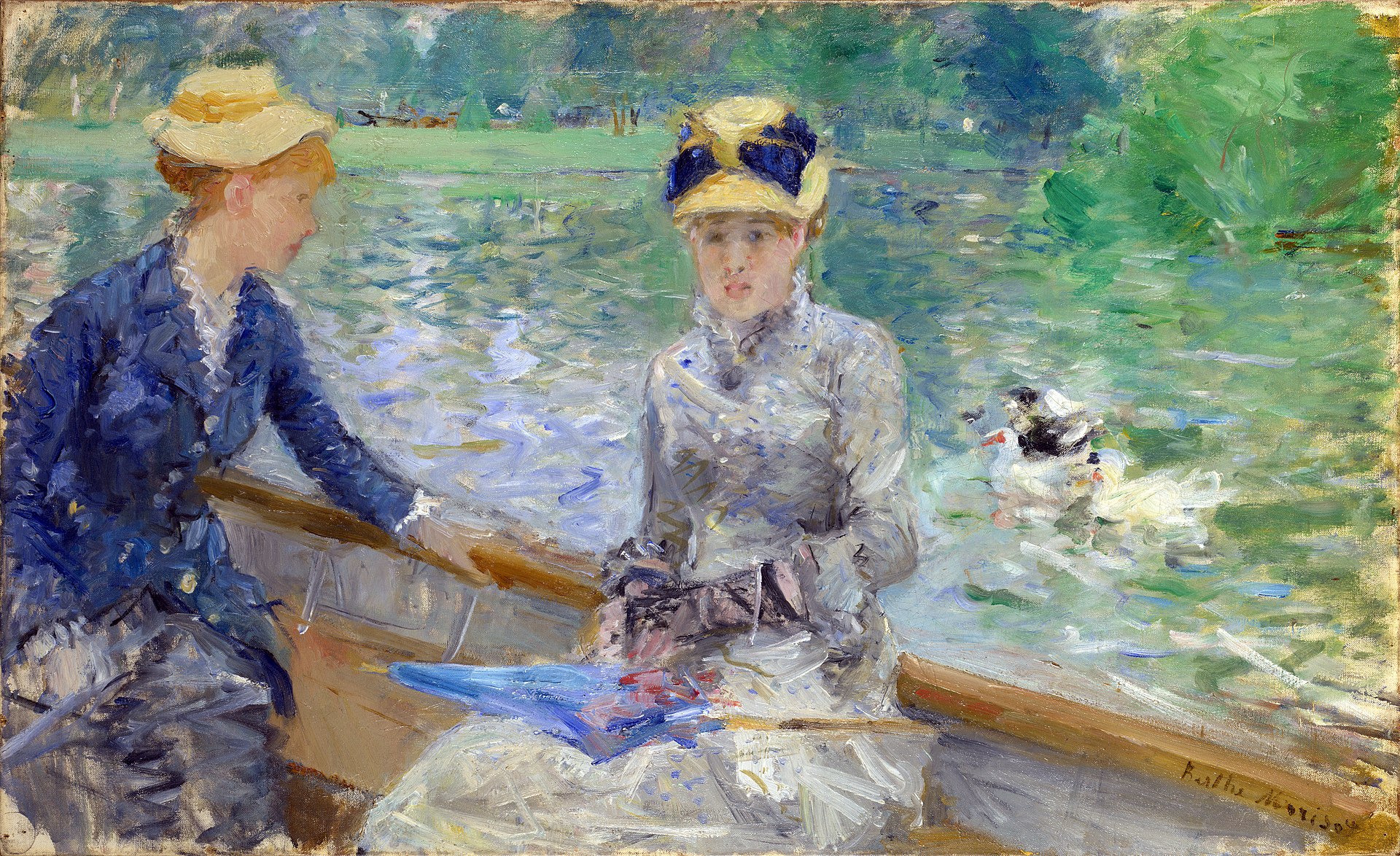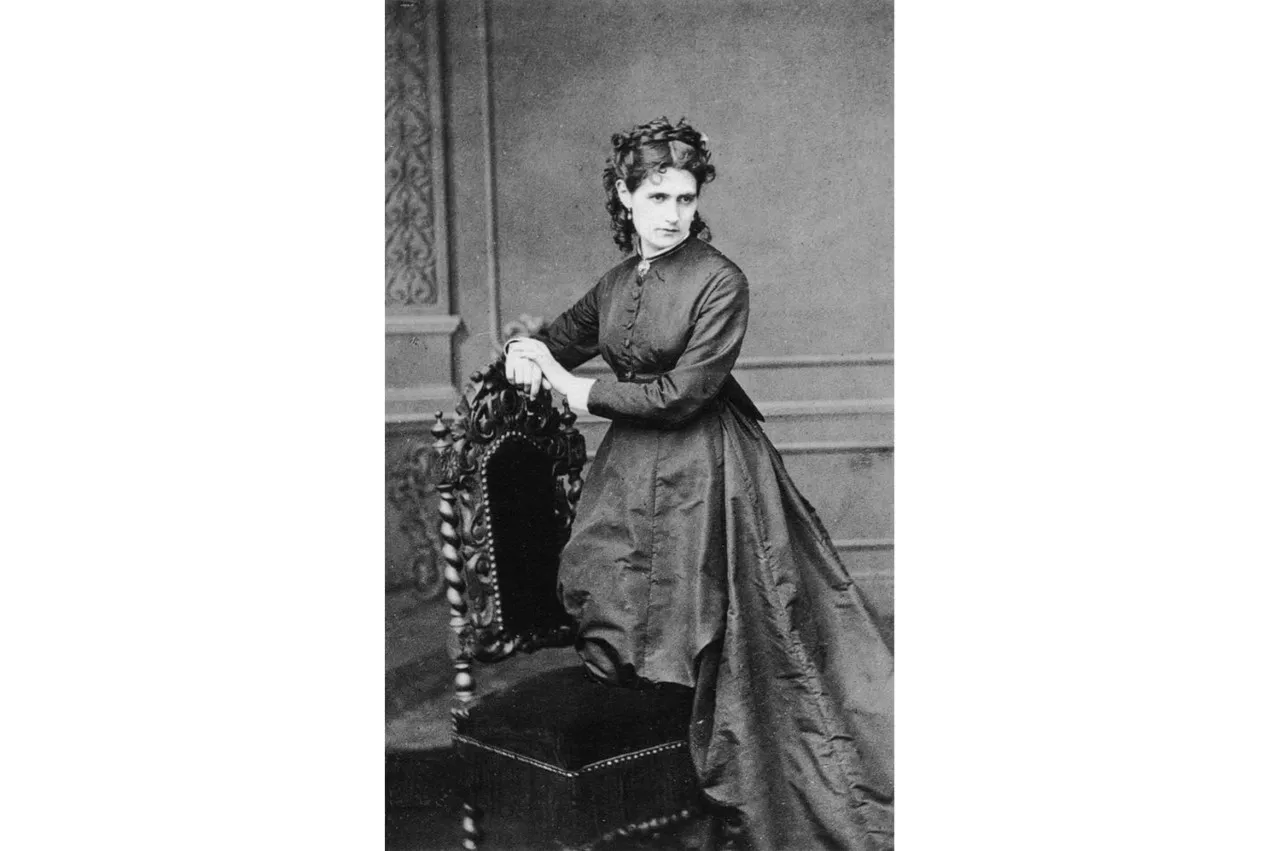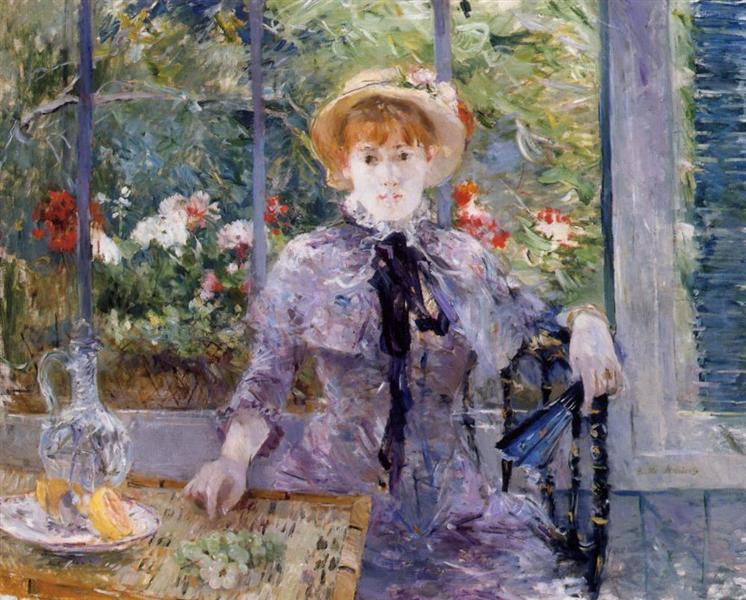- Home
- Art History
- Impressionism
- Berthe Morisot
Berthe Morisot - Impressionist
Berthe Morisot was born into an affluent bourgeois family in central France. After her family moved to Paris, she began receiving art lessons with her sister. Berthe overcame societal expectations by becoming one of the prominent painters of the Impressionist wave. While male painters ventured into depicting female nudes, female painters felt more constraints about their subject matter. Berthe Morisot was known for domestic scenes, intimate in their familiarity of home and family life, often of her own family. Female painters of that time could not sit on the boulevards, cafés or parks with an easel; so, a respectable woman painter's subjects tended to show domestic settings. Depictions of babies and cradles were usually exclusively in a woman's world; exhibition of her works were a window to another sensibility.

Morisot's paintings portray the close contact of home and family scenes, especially of women and children in upper class French society. An ordinary scene is painted with poetry and dignifies its subjects.
Morisot was encouraged to also become a "plein air" painter by her brother-in-law, Édouard Manet, who considered her his protégée. Plein air or outdoor painting became one of her areas of masterfully representing light and color in a landscape, capturing a moment of a season and its weather.
Morisot kept company with several of the prominent Impressionist painters of her time. Notably, her brother-in-law, Édouard Manet. She joined them in exhibiting her work as part of the Socété Anonyme des artistes, peintres, sculpteurs, graveurs between 1874 and 1886. These shows were outside the Paris Salon, the official painting exhibition of France.

"I don't think there has been a man who treated a woman as an equal and that's all I would have asked for, for I know I'm worth as much as they."
- Berthe Morisot

Her candid portraits are said to capture nuances of personality and
emotion, while using loose brushwork that conveys immediacy and
vitality. Her ability to animate the inanimate in still-lifes helped contribute to the believability of a portrait's environment.
Her paintings were more appreciated as she matured. At the height of her abilities as a painter she contracted pneumonia and died at the age of 54. Morisot's paintings sold well in her time. And her paintings became more valuable after her death; some of her works now sell for millions of dollars.
Okay, so now I've put on some ads from Amazon - from which I may earn a few cents. (2025)





